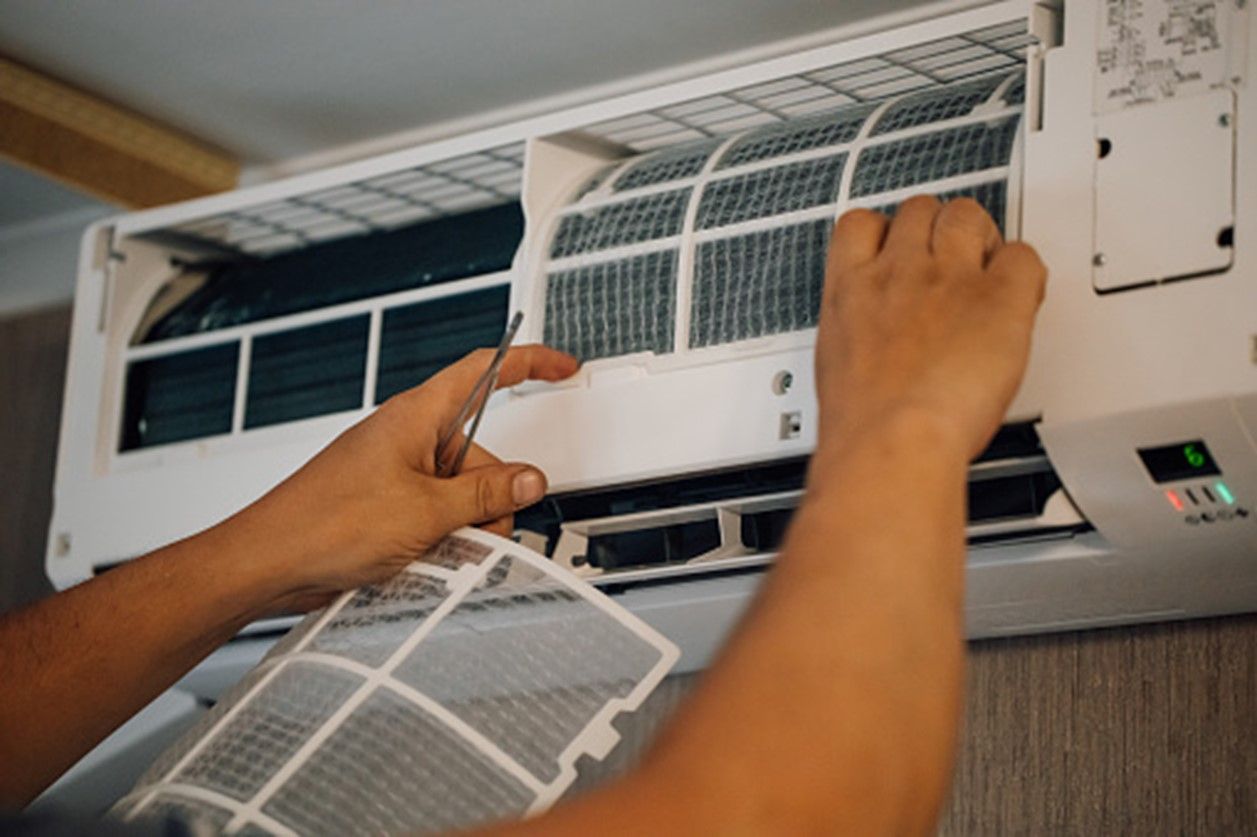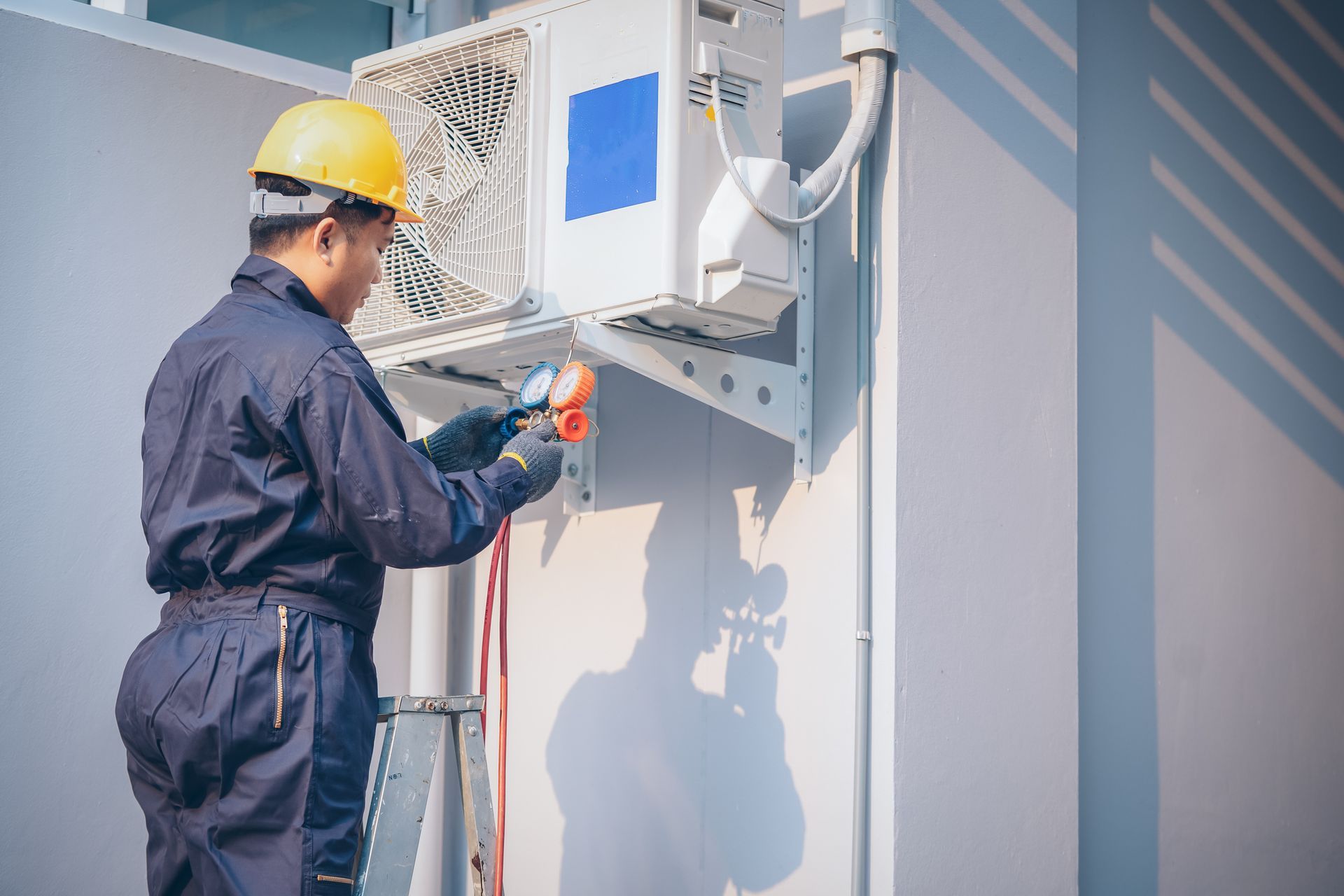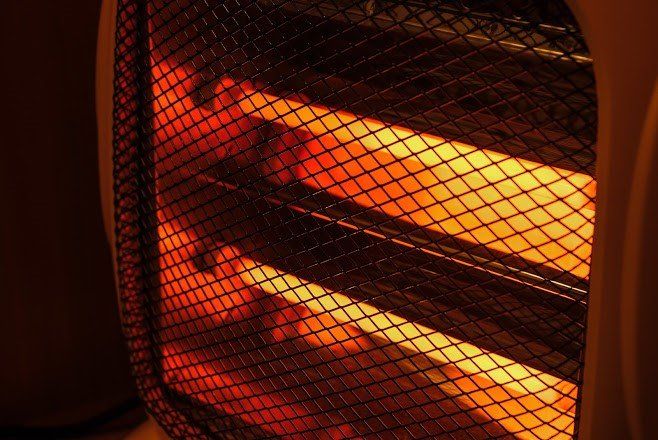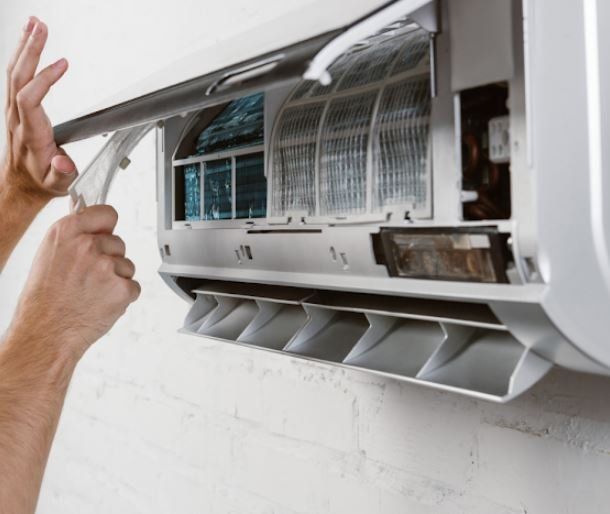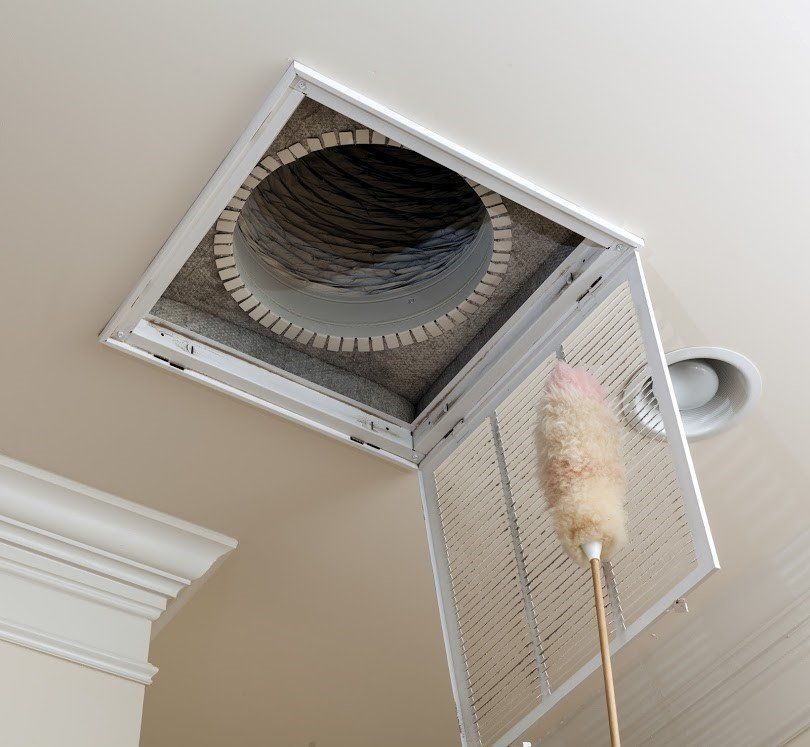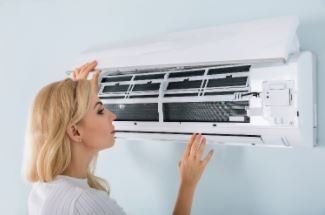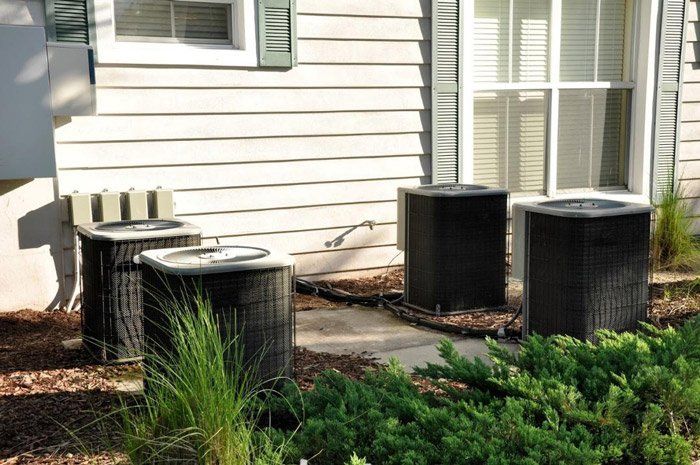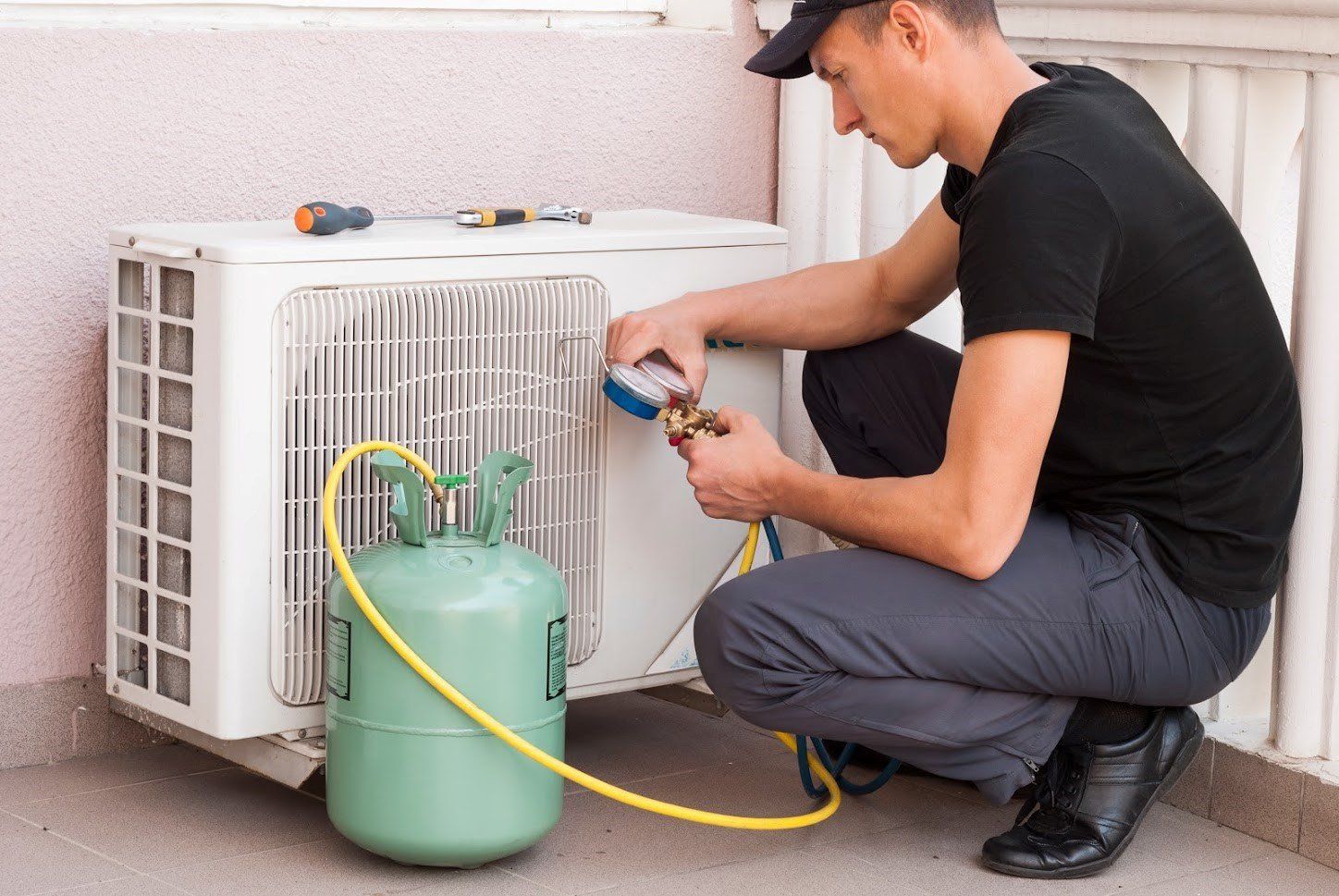Blog Layout
Best Thermostat Practices in Warm Weather
Admin • April 9, 2020
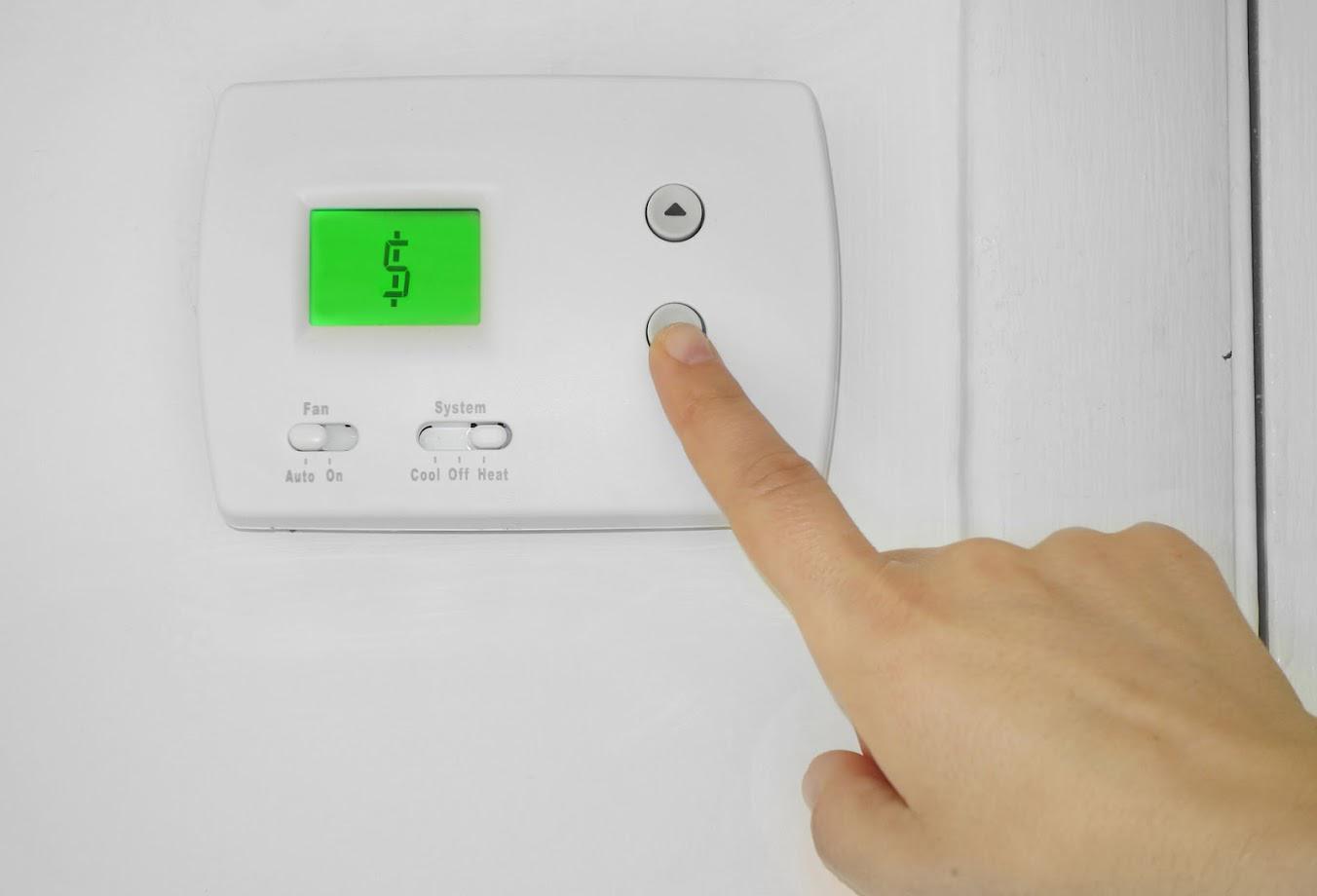
One of the biggest drains on your wallet in the warm months is your air conditioning bill. You can save money in that space if you observe some best practices for how you set your thermostat.
Find Your Family's Preferred Temperature
General convention to save money on utilities is to set the temperature to 78 degrees Fahrenheit when you're at home. For some families, that temperature will be fine. For others, they'll feel too hot. You need to find the best temperature for the people in your home.
Try a temperature test. First, set the temperature to 81 degrees and leave it for a few hours. If you hear complaints about the heat — or feel too hot yourself — lower the temperature by two degrees. Keep this practice up until you reach a comfortable level for everyone.
Buy a Programmable Thermostat
Your next step should be to purchase a programmable thermostat, which lets you choose your temperature settings ahead of time. Thermostats will come in one of four types of programs.
- The 7-day model lets you set a different program for each day
- The 5-1-1 model lets you change the settings on two days of the week
- The 5-2 model has settings for weekdays and weekends
- The 1-week model allows for just one program which repeats daily
The model you choose depends on your family's habits. The 7-day model is good for families with erratic schedules because you can tailor each day to those schedules. The 5-1-1 and 5-2 models are good for people who have consistent weekday and weekend routines. The 1-week model is a good entry-level choice.
Have the Thermostat Installed at an Appropriate Location
Most programmable thermostats require professional installation because they have to be hooked up to your HVAC system. That said, you should choose the location ahead of time for it to function best.
For one, the thermostat's location shouldn't be in direct sunlight — this includes skylights. The direct sunlight will make the thermostat "think" the air is warmer than it is. A similar logic applies to locating the thermostat in a drafty area.
The thermostat needs to be able to best read rising warm air and sinking cool air currents that occur naturally in your room. Therefore, don't place the thermostat near large pieces of furniture, which block the air currents.
Program Your Thermostat According to Family Preferences
Once you have your thermostat and family's preferred temperature, it's time to program for cooling. The main setting will be the temperature for when you're at home and awake. This setting should be the temperature preference you tested for. Remember, the key is to set it at the warmest temperature your family can tolerate in the warm months for energy savings.
Another good rule of thumb is to increase the thermostat's temperature by 10 degrees when you're not home for two hours or longer. This practice will actually lower cooling costs because the warmer air inside the house will slow the flow of heat into your home from outside. Therefore, your air conditioner won't have to work as hard to cool your home back down.
Change the Program for Different Settings
Your thermostat should have settings that let you change the program for other times when your family is gone or asleep. So, if you have a consistent schedule, you can run a different program for those times. For example, your air conditioner should stop running 20 to 30 minutes before you leave home. It should kick back in 20 to 30 minutes before you return.
If your locale gets cool at night, consider programming the thermostat to cut the air conditioning for your sleep hours. If not, at least program it to decrease the cooling at night. It should kick back in 30 minutes before you awaken.
Utilize the above best practices for your thermostat in the warm months. Weather Control Air Conditioning, Inc. can help you find the right model for your needs.
CONTACT INFORMATION
606 Center Rd
Fort Myers FL 33907
239-936-0333
help@weathercontrol.com
Fort Myers FL 33907
239-936-0333
help@weathercontrol.com
- Mon - Sun
- Open 24 Hours






CONTACT INFORMATION
606 Center Rd
Fort Myers FL 33907
239-936-0333
help@weathercontrol.com
Fort Myers FL 33907
239-936-0333
help@weathercontrol.com
- Mon - Sun
- Open 24 Hours






OUR LOCATION
BROWSE OUR WEBSITE
CONTACT INFORMATION
606 Center Rd
Fort Myers FL 33907
239-936-0333
help@weathercontrol.com
Fort Myers FL 33907
239-936-0333
help@weathercontrol.com
- Mon - Sun
- Open 24 Hours






OUR LOCATION
BROWSE OUR WEBSITE
CONTACT INFORMATION
606 Center Rd
Fort Myers FL 33907
239-936-0333
help@weathercontrol.com
Fort Myers FL 33907
239-936-0333
help@weathercontrol.com
- Mon - Sun
- Open 24 Hours






Content, including images, displayed on this website is protected by copyright laws. Downloading, republication, retransmission or reproduction of content on this website is strictly prohibited. Terms of Use
| Privacy Policy

